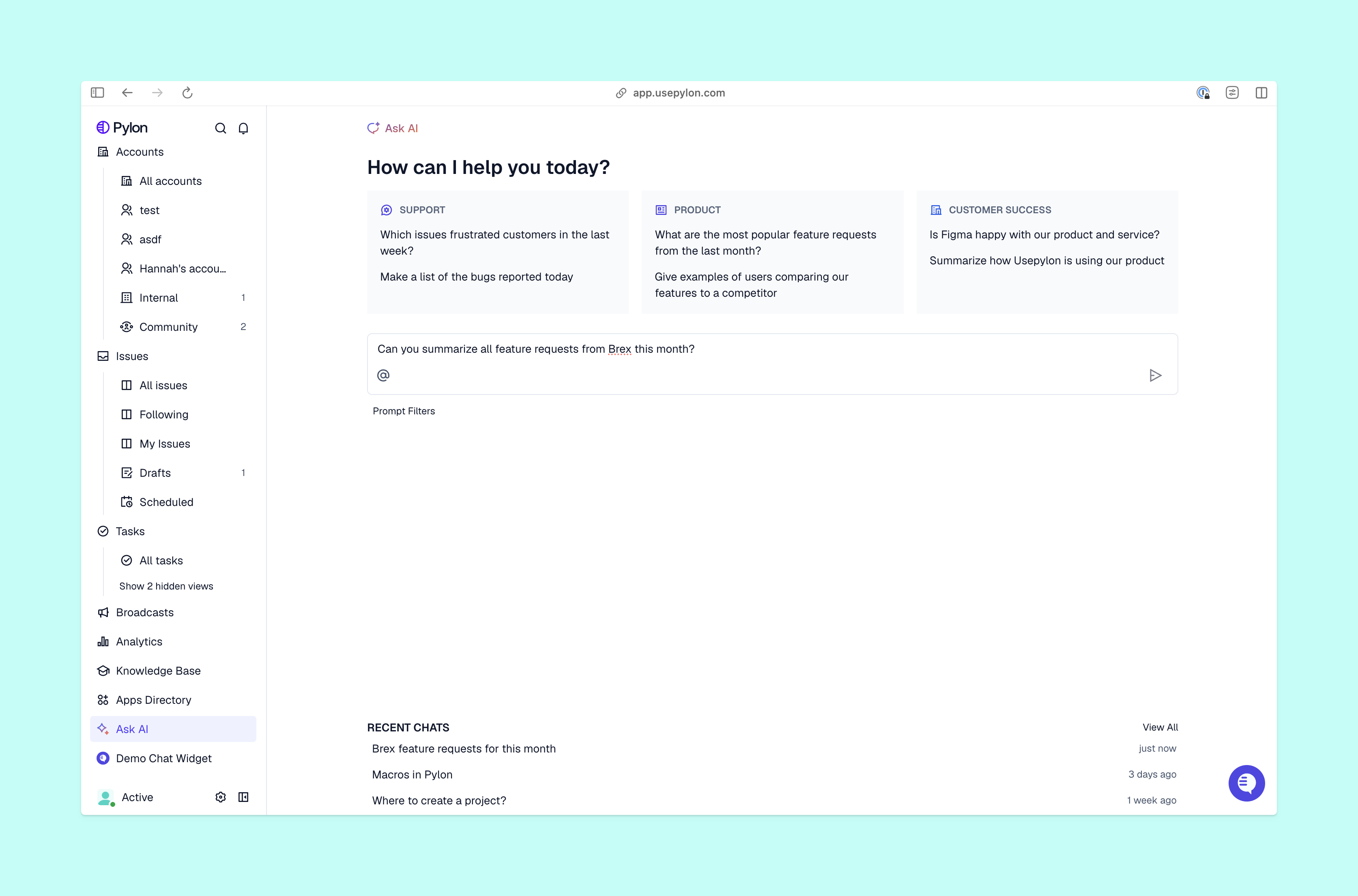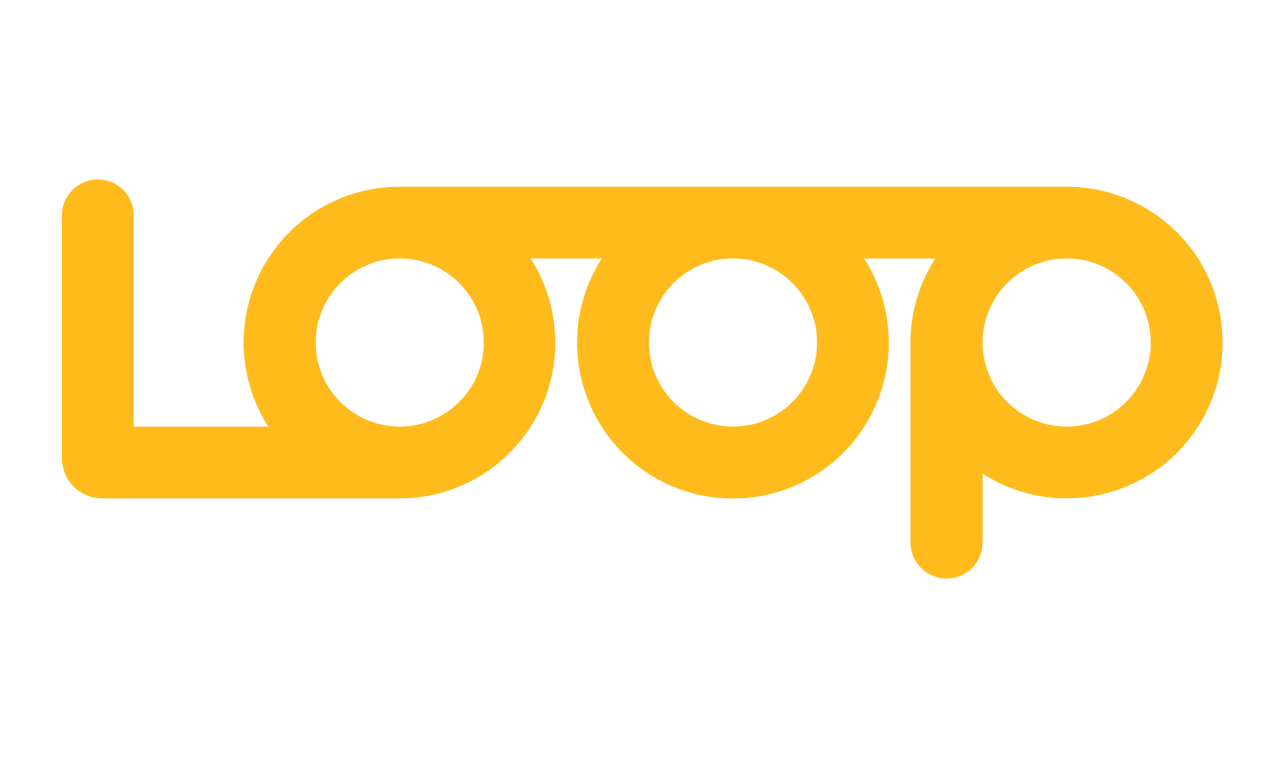What’s Customer Retention? Key Benefits for Your Company
Learn what customer retention is, why it matters, and which metrics to track. Then, discover strategies to boost loyalty and long-term business success.
It takes work to maintain your customer relationships. After customers sign their contracts, you need to actively make sure they’re getting value out of your product — or their early enthusiasm can fade and affect contract renewals in the future.
Instead of spending all your resources on replacing churned accounts, your team can develop steady, long-term relationships by focusing on customer retention. Strong retention stabilizes your revenue and turns customers into advocates who can refer new customers to your team.
This guide will explore strategies on how to improve customer retention, ways to measure it, and what to watch out for when you build a customer retention program.
What’s Customer Retention and Why Does It Matter?
Customer retention involves keeping existing customers engaged with your products or services over time. This helps you maintain a steady revenue stream, and while it’s sometimes overshadowed by a push for new business, retention is important for scaling your company sustainably.
When you’re proactive about retention, customers are more likely to engage and share feedback with your team, help improve your product, and refer other customers to you.
For support team leaders, high retention signals that customers are still finding value in your product or services, while low retention indicates poor customer satisfaction.
How Do You Measure Customer Retention?
Here’s how to calculate customer retention rates and a few more metrics that tie to broader customer support KPIs.
Customer retention rate (CRR)
CRR is the percentage of customers your organization retains over a given period. The formula is:
([E - N] ÷ S) × 100 = CRR
E is the number of customers at the end of the given period, N is the number of new customers you acquired, and S is the number of customers at the start of that period.
For example, if you start the first quarter of a fiscal year with 100 active customers, add 20, and end with 110, the CRR formula would be:
((110 - 20) ÷ 100) × 100 = 90%
You should always look at CRR in the context of other performance metrics. A high CRR looks stable, but if your expansion revenue is stagnant, your CRR might be masking other business risks.
Churn rate
Churn rate is the proportion of customers you lost during a specific timeframe. A rising churn rate can signal underlying problems with your product or customer support: Maybe competitors are offering similar value at a lower price, or your customers are struggling with certain product features.
But churn rate doesn’t explain why customers are leaving. It’s mostly a starting point for you to understand your customers’ experience and identify where to dig deeper.
Net promoter score (NPS)
NPS surveys ask customers how likely they are to recommend your service or product to others.
They’re a quick snapshot of customer sentiment, but can be misleading if you don’t combine them with behavioral data. Some customers will give you high scores, but you’ll see their actual activity decreasing over time. This tends to happen in situations where the customer still likes your product, but it’s not as useful for them as it used to be.
Repeat purchase rate
For SaaS renewals or subscriptions, repeat purchase rate tracks how frequently your customers are active and paying for service. It shows whether your product or service is providing enough value for customers to keep their subscriptions.
These metrics give your team a balanced view of where to improve customer support. Pylon Account Intelligence helps you bring all these customer signals into one view, so you can track account health and churn risk, and act on these insights.
Customer Retention Strategies

Here are a few of the best B2B customer service strategies that can boost customer retention:
- A seamless onboarding experience. Clear communication, a knowledge base that’s easy to access, and regular check-ins can help customers quickly adopt your product and build trust with your team.
- Early churn detection. Keep track of data like declines in customer activity or a sudden increase in support ticket volume. You can lower the risk that a customer churns if you reach out before they fully disengage.
- Personalized communication. When you respond to support tickets, draw on account-specific context from past interactions. The best support tools unify all your customer history and data, so it’s easy to personalize future interactions.
- Multi-channel reach. Taking an omnichannel approach to support helps customers feel like you’ll meet them wherever they are. You can use tools like Slack for customer support to communicate with customers in their preferred channels.
- Feedback implementation. After you ask customers for feedback, show them that you’ll actually make changes based on what they told you.
Common Retention Challenges

For SaaS and B2B teams, you might run into a few main challenges with customer retention.
Siloed data is one of the most common blockers for customer retention. If your customer information is spread across disconnected systems, your support, customer success, and other post-sales teams don’t have a complete view of each account. This means teams don’t know who else has spoken with customers and how they’ve resolved past issues, so you’re more likely to repeat information or miss account-specific details.
As your customer base expands, scaling becomes another challenge: Support teams have capacity limits and can’t always deliver the same level of personalized support. Automation like AI ticketing systems can help, but if you don’t configure them properly, your customers might get inconsistent or low quality responses.
Finally, your team can run into resource constraints — with time, staffing, or automations — that make customer retention harder. When you don’t have the capacity to give customers the consistency and care they’re expecting, their satisfaction rates drop.
If you’re running into these challenges, platforms like Pylon can help you unify context across your customer conversations and build custom AI workflows to automate your team’s busywork.
Maximize Retention and Customer Success With Pylon
Teams that successfully maintain their customer base have steadier revenue, deeper engagement, and customers who will refer others to their product.
Retention ultimately depends on spotting customer signals, interpreting them correctly, and acting on feedback.
Pylon is the modern B2B support platform that offers true omnichannel support across Slack, Teams, email, chat, ticket forms, and more. Our AI Agents and Assistants automate busywork and reduce response times. Plus, with Account Intelligence that unifies scattered customer signals to calculate health scores and identify churn risk, we're built for customer success at scale.






